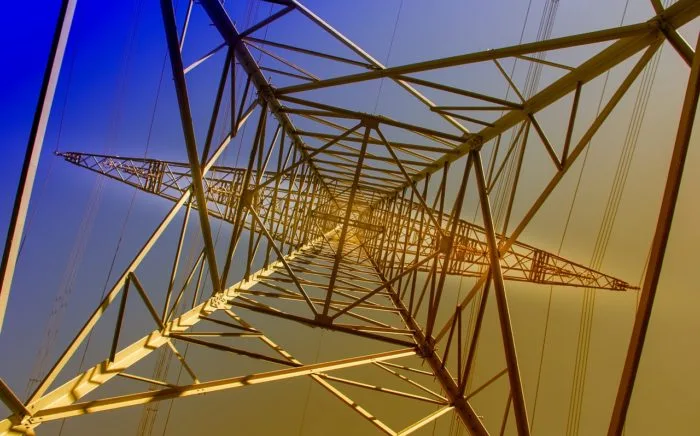
the electricity price is established based on the price per kWh. This unit of measurement corresponds to the energy consumed by a device with a power of 1000 watts for one hour. Customers therefore find on their energy bill the number of kWh consumed by the home over a year. The price per kWh is the result of a complex calculation carried out by the Energy Regulatory Commission and validated by the government. In addition, the prices applied vary widely depending on the supplier, the tariff option chosen or the power of the meter. Detailed review of the main determining factors.
Article summary
Meter power and tariff option
The energy supplier
The different components of the price of electricity
On what criteria is the evolution of the price of electricity indexed?
Meter power and tariff option
The power of the meter is the first criterion impacting the electricity price. For individuals, it varies from 3 to 36 kVA and determines not only the price of the kWh but also that of the annual subscription. Since the NOME law, there are no longer yellow and green preferential rates for businesses and industrialists. In the absence of prices regulated by public authorities, companies which have a power meter greater than 36 kVA are therefore obliged to subscribe to an offer established on a quote at the market price.
In addition, there are 3 pricing options , each with its own characteristics:
- the base rate: the price per kWh is intermediate and constant during the day, but it is adjusted to the power of the meter, just like the annual subscription;
- the peak/off-peak rate: the kWh price is advantageous for 8 hours per day, generally at night, while it is higher than the base rate the rest of the time. Here, the price of the kWh does not vary according to the power of the meter, unlike the subscription;
- the tempo tariff: only offered by EDF, the only company with the right to market electricity at the regulated price, this tariff applies a peak/off-peak schedule and modifies the price per kWh according to the periods of the year. It is very high 22 days per year (in winter), moderately high 43 days per year and advantageous the rest of the time.
The energy supplier
Since 2007 and the opening of the electricity market to competition, consumers have been able to choose their electricity supplier. They have two options:
- the EDF blue tariff: the company has the exclusive commercial use of the regulated tariff;
- the market price rate: alternative suppliers offer a reduced rate indexed to the regulated rate.
The different components of the price of electricity
The regulated electricity price is set by an independent public body, the CRE (Energy Regulatory Commission). The different suppliers therefore rely on this price to establish their price scales. This rate includes various components:
- the supply portion: it constitutes 38% of the price and includes remuneration for production as well as suppliers’ marketing costs;
- transmission costs: they represent 27% of the bill and pay for transport, managed exclusively by RTE, as well as distribution, largely supported by ENEDIS;
- taxes: they have been rising constantly for several years and constitute 35% of the final price of electricity. This includes VAT, CSPE, CTA and TFCE.
On what criteria is the evolution of the price of electricity indexed?
Here again, the CRE is responsible for the half-yearly evaluation of the rate of change in the price of electricity but it is the government which decrees its application. The increases observed, particularly those to be expected in 2019 as you can see in the video below, are mainly the result of investments in the modernization of the French nuclear fleet, the modernization of transport and distribution networks but also fluctuations prices on wholesale markets.




